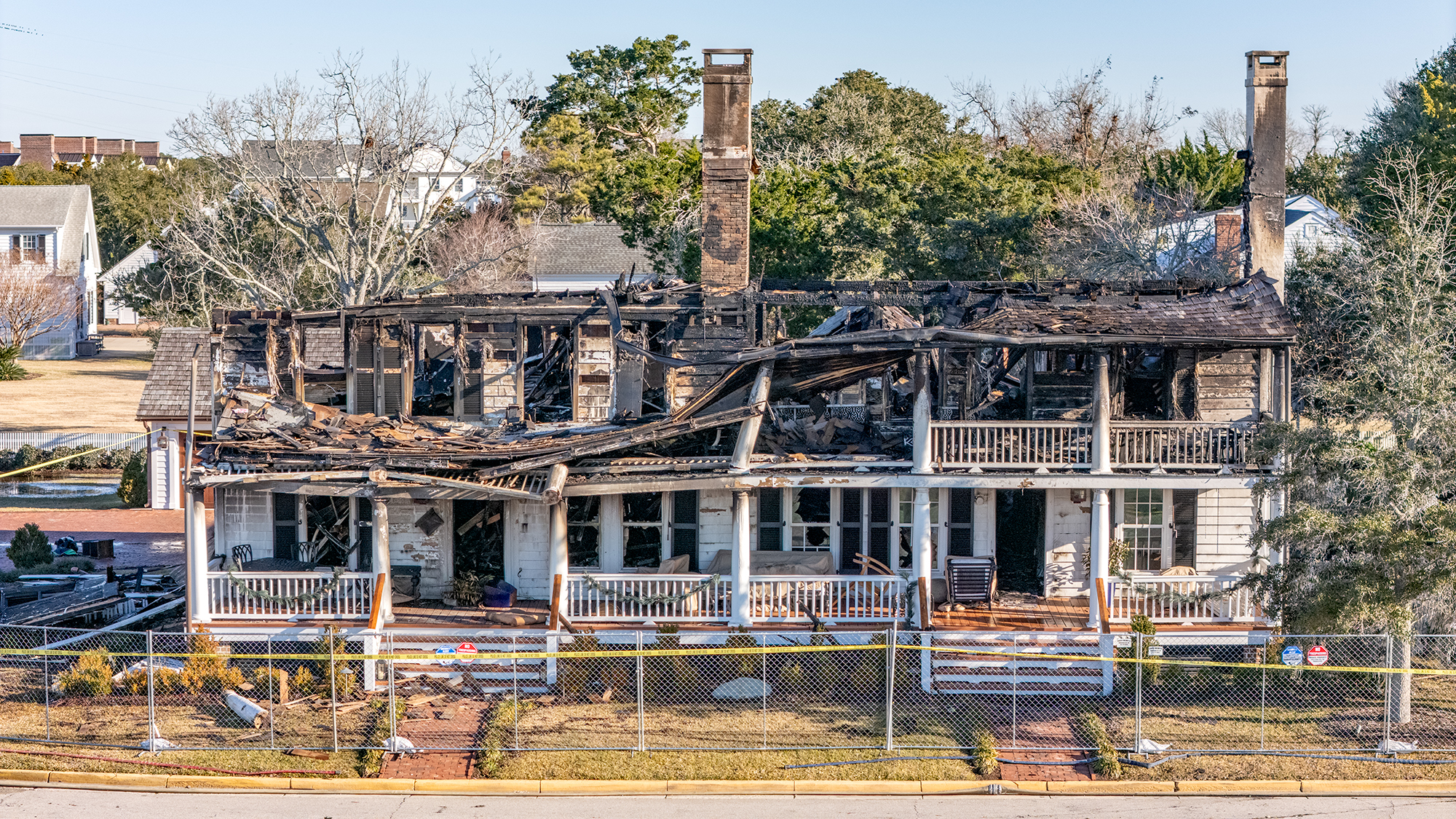
Division of Marine Fisheries officials are asking anglers to donate cobia carcasses for data collection once the recreational cobia fishing season opens May 1.
The Atlantic States Marine Fisheries Commission manages the recreational cobia fishery. The commission’s Cobia Fishery Management Plan identifies several data needs, including collection of size, age, and maturity information, as well as the collection of fin clips to help genetically identify stock differences.
Recreational anglers can help collect this data by donating cobia carcasses to the Division’s Carcass Collection Program. Freezer locations can be found on the Carcass Collection Program webpage.
Creel clerks, which visit public docks, piers, beaches and marinas to interview anglers about their fishing experiences and collect a variety of information, will ask for cobia fin clips when interviewing recreational anglers.
Supporter Spotlight
The information collected will be provided to the commission for use in future stock assessments.
During the season, which closes Dec. 31, the minimum size limit will be 36 inches fork length, or the length from the tip of snout to the fork in the tail, and the possession limit will be one fish per person per day.
The limit from May 1 to June 30 while fishing aboard a private vessel will be one fish per person per day with a maximum of two fish per vessel per day if two or more people are aboard a vessel. Starting July 1, the private vessel limit will decrease to one fish per vessel per day.
The possession limit for fishing aboard a for-hire vessel will be one fish per person per day, with a maximum of four fish per vessel per day if four or more people are on board a vessel.
For more specific information on recreational cobia regulations, see Proclamation FF-29-2022 on the Division of Marine Fisheries’ Proclamation Webpage.






